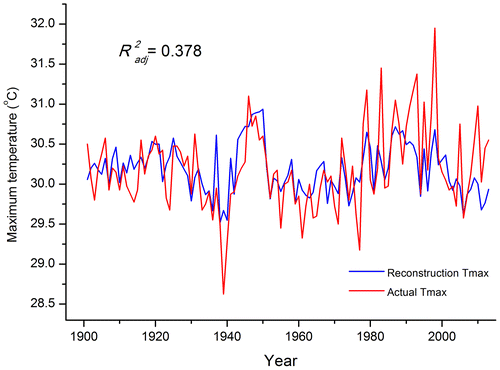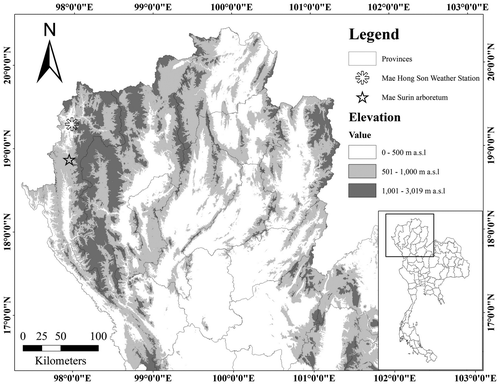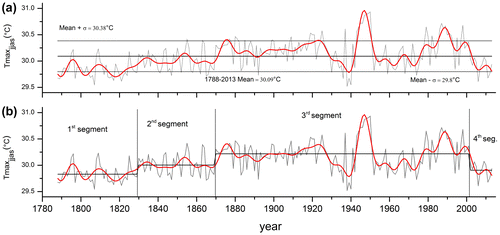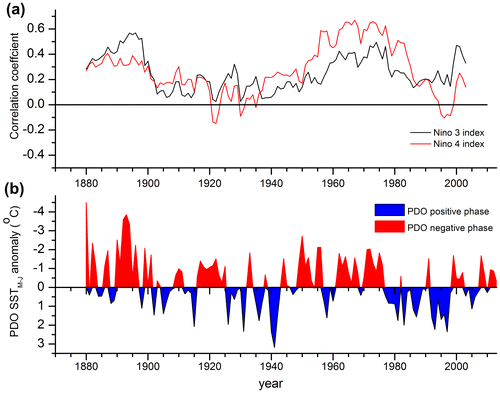Figures & data
Fig. 2. Monthly mean temperature, precipitation and relative humidity data since 1951 in Mae Hong Son.
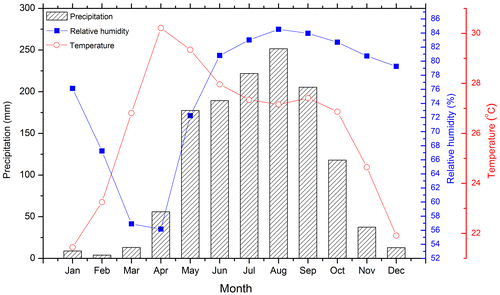
Table 1. The correlation between the original series (δ13C) and detrended series (∆13C) from Mae Hong Son (1788–2013 AD).
Fig. 3. (a) Average δ13C (black) values from 4 trees (grey) and δ13C values in the atmosphere (blue); (b) ∆13C series after removing the long-term decreasing trend of δ13C in the atmosphere; (c) the EPS and Rbar statistics of ∆13C.
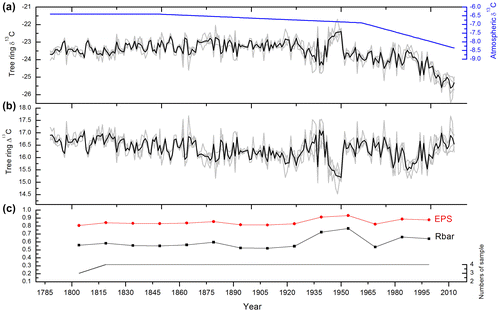
Fig. 4. Correlations between tree-ring ∆13C chronology and climatic factors obtained from the MHS station (mean temperature, rainy days and relative humidity) and the CRU TS3.24 (diurnal temperature and maximum temperature) at the 95% significance confidence level. The grey area is the 95% confidence limit after the Bonferroni adjustment.
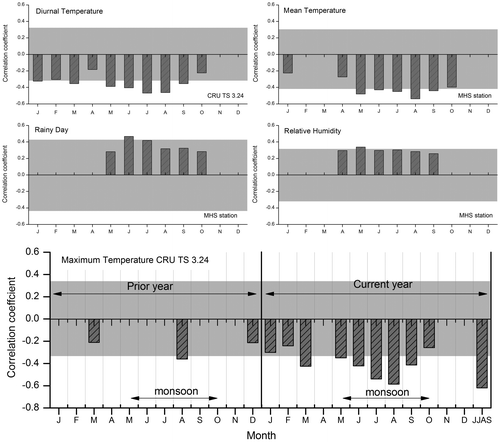
Fig. 5. Comparison of the reconstructed and actual June–September maximum temperature from 1901–2013.
